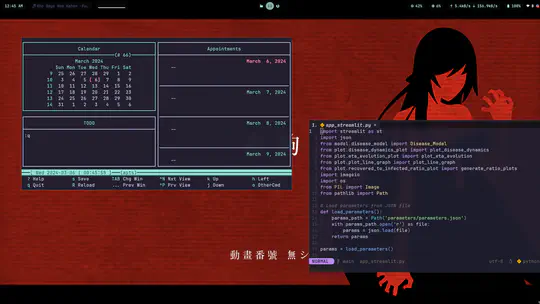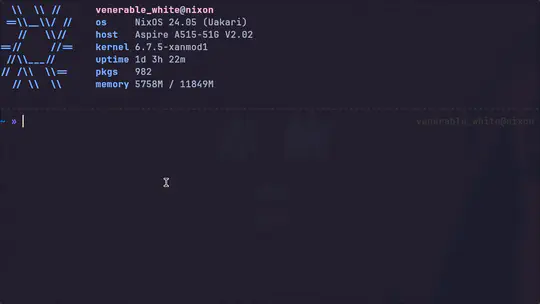About Me
Hello! I’m Mushrafi Munim Sushmit. Welcome to my page. I am a master’s student in the Department of Physics at the University of Dhaka. My research explores the intersection of physics and quantum computing, unraveling the mysteries of the universe.
I’m currently working on my Master’s thesis, exploring the innovative application of neural networks to quantum computing. This work blends classical neural network models with the vast capabilities of quantum computing. Before diving into my Master’s research, I spent time as a research assistant, investigating everything from disease dynamics influenced by vaccination decisions to the use of quantum machine learning for predicting solar irradiance.
If you’re interested in the convergence of physics and technology or looking for a collaborator who brings a blend of passion, knowledge, and practical experience to the table, let’s connect!
- Artificial Intelligence
- Quantum Computing
- Physics Informed Neural Networks
- Nonlinear Dynamics and Chaos
MSc in Physics, Present
University of Dhaka
BSc in Physics, 2023
University of Dhaka
Skills
Research Experience
- Conducting research under the mentorship of Dr. Golam Dastegir Al Quaderi in the field of quantum computing, specifically focusing on the adaptation of physics-informed neural networks (PINNs) to quantum computational frameworks.
- Successfully developed multiple models that integrate classical physics equations with PINN, including the coupling of differential equations like the Lotka-Volterra model, high-dimensional coupled Higgs equation, and nonlinear Schrödinger equations.
- Currently transitioning towards quantum machine learning-based implementations, aiming to bridge the gap between classical physics-informed modeling and quantum computing capabilities.
- Utilizing a combination of Python, PyTorch, PennyLane, and Qiskit to construct and validate quantum-enhanced versions of physics-informed neural networks.
- This ambitious project, serving as my master’s thesis, aims to pioneer the integration of PINNs within quantum computing, potentially revolutionizing how we approach and solve physics-based problems through computational means.
- Worked under the guidance of Dr. Muntasir Alam from Department of Applied Mathematics, University of Dhaka to analyze the impact of vaccination considering behavioral, socio-economic factors on the dynamics of a second disease strain.
- Integrated randomness, game theory principles, and network analysis to create a comprehensive model for disease spread in the given scenario.
- Utilized Python, Mesa and Julia to implement multi agent based models and conducted rigorous testing.
- Developed three distinct models to enhance the understanding of disease spread dynamics: a scale-free model where agents utilize a random scale-free graph to make vaccination decisions, a complete graph model reflecting uniform decision-making among all agents, and a stochastic model for validating our findings.
- Published the findings in a Q1 journal with an impact factor of 7.8.
- Worked under the supervision of Dr. Mohammed Mahbubul Islam from Institute of Energy Engineering, Dhaka University of Engineering & Technology to develop and validate hybrid classical-quantum machine learning models for solar irradiance prediction.
- Conceptualized and initiated the project, proposing the integration of quantum layers within feedforward neural networks.
- Utilized Python, PennyLane, Qiskit, and PyTorch to implement the models and conducted rigorous testing.
- Engineered a novel fully connected parameterized quantum circuit tailored for solar irradiance forecasting.
- Led the technical aspects of the project, encompassing model design, implementation, model validation and, performance evaluation.
- Published the findings in a Q1 journal with an impact factor of 10.4.





